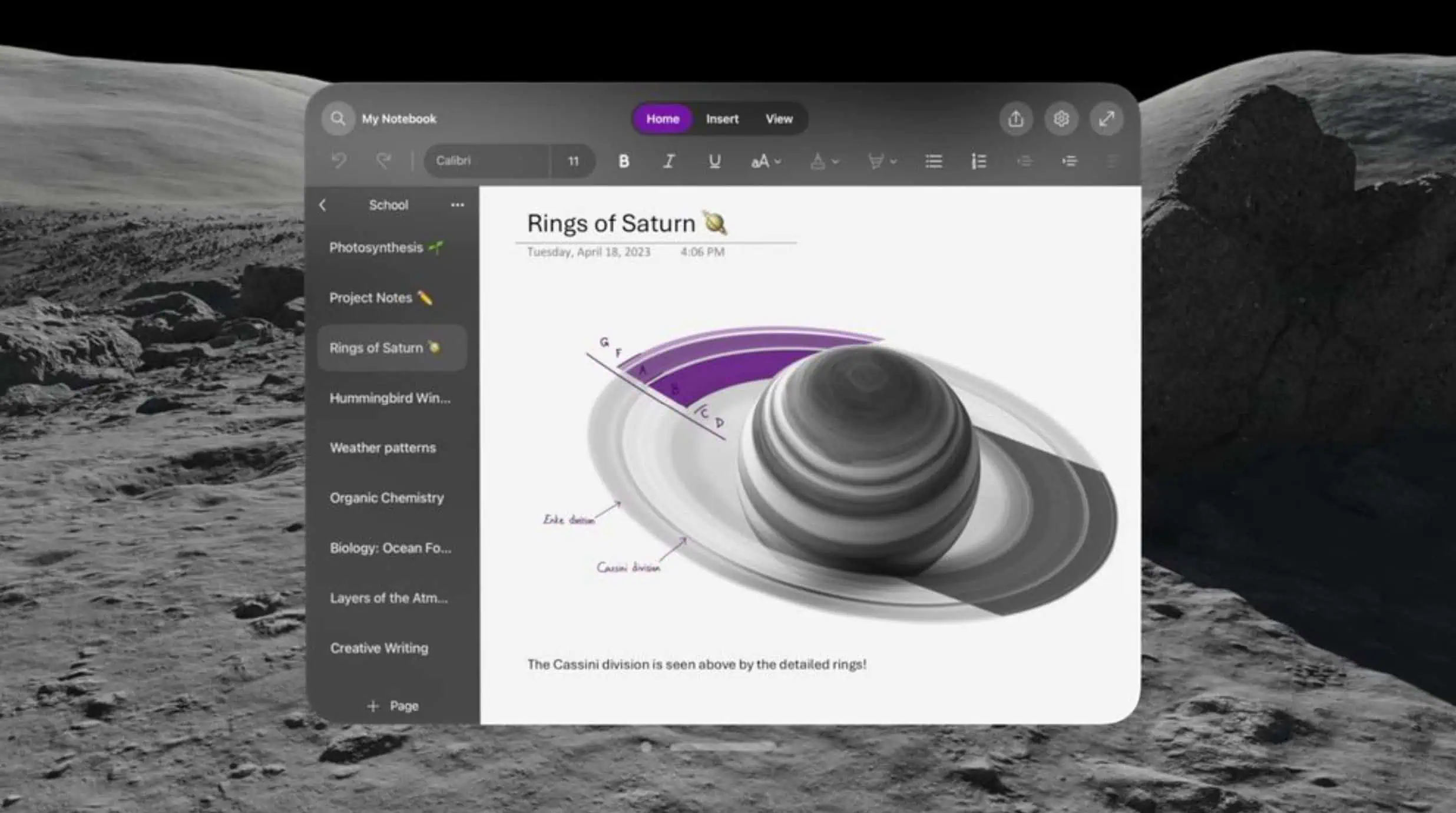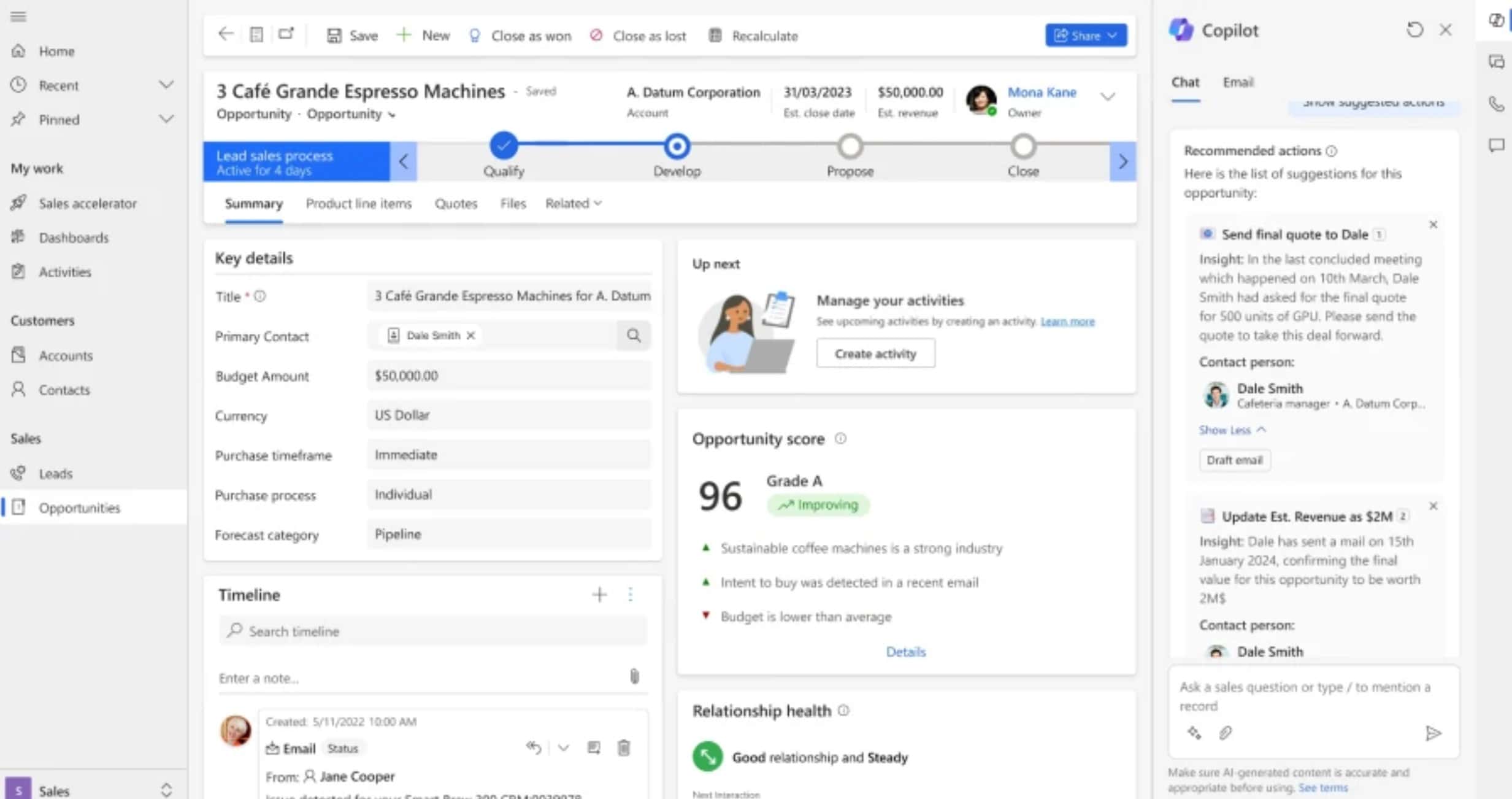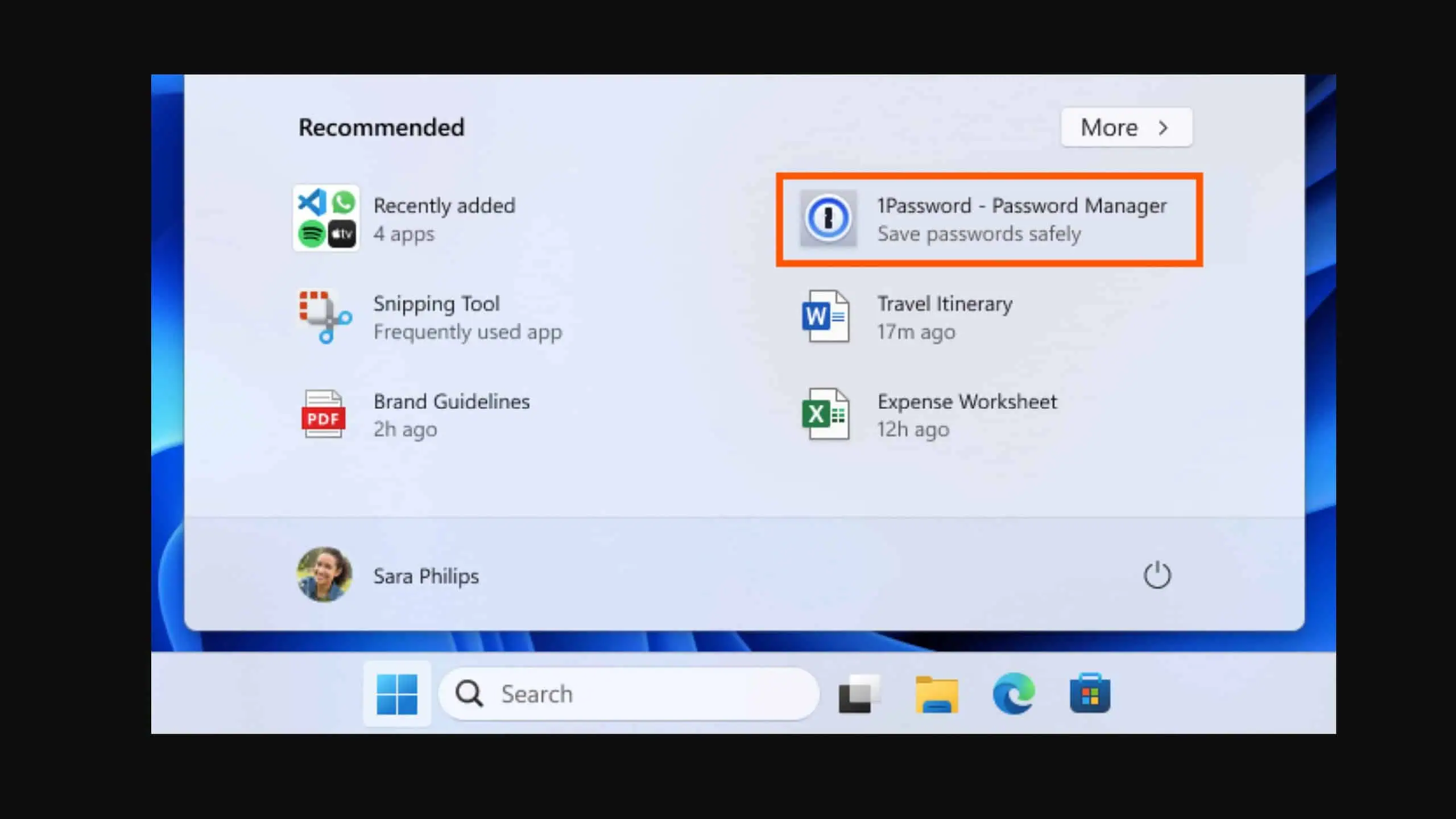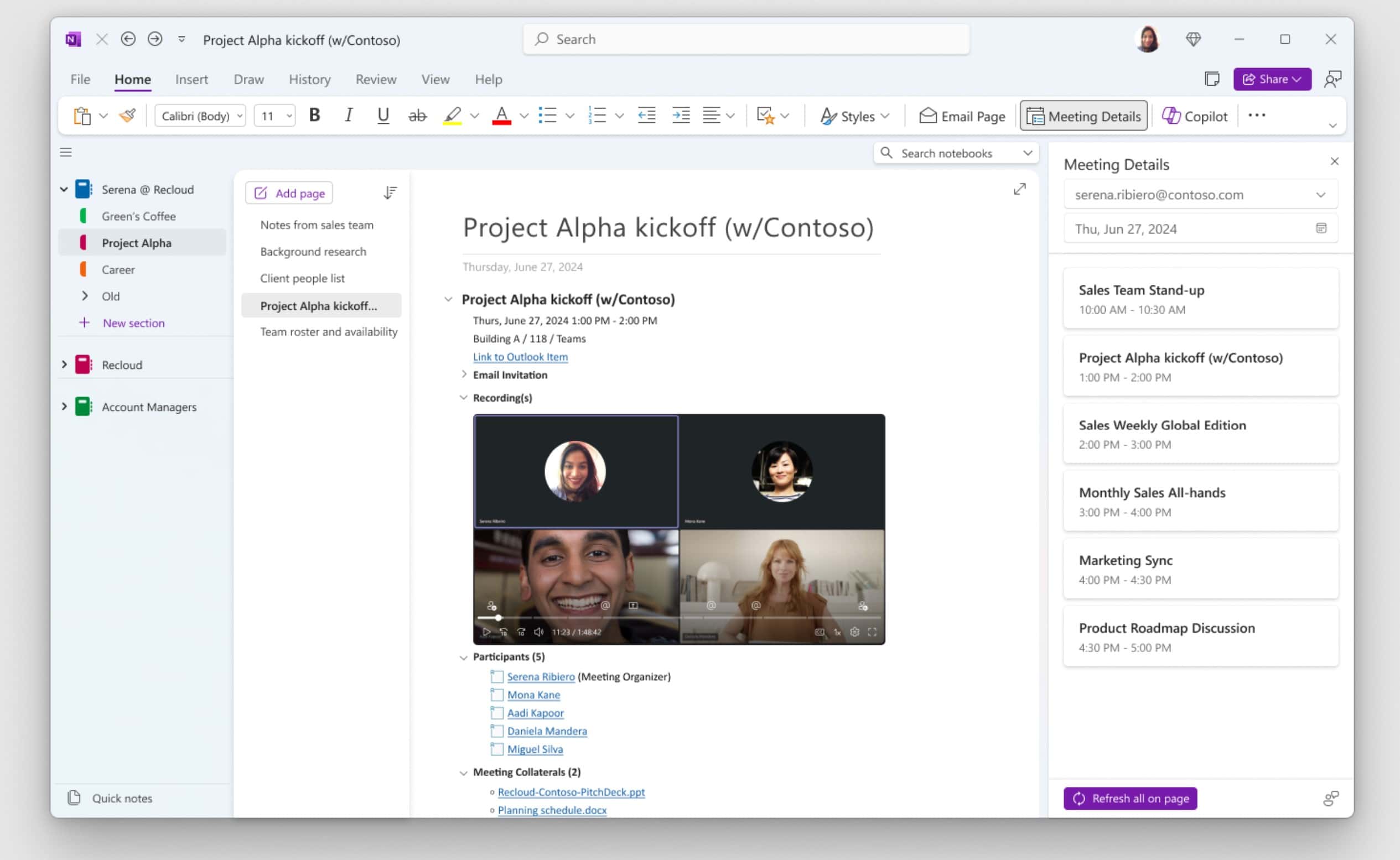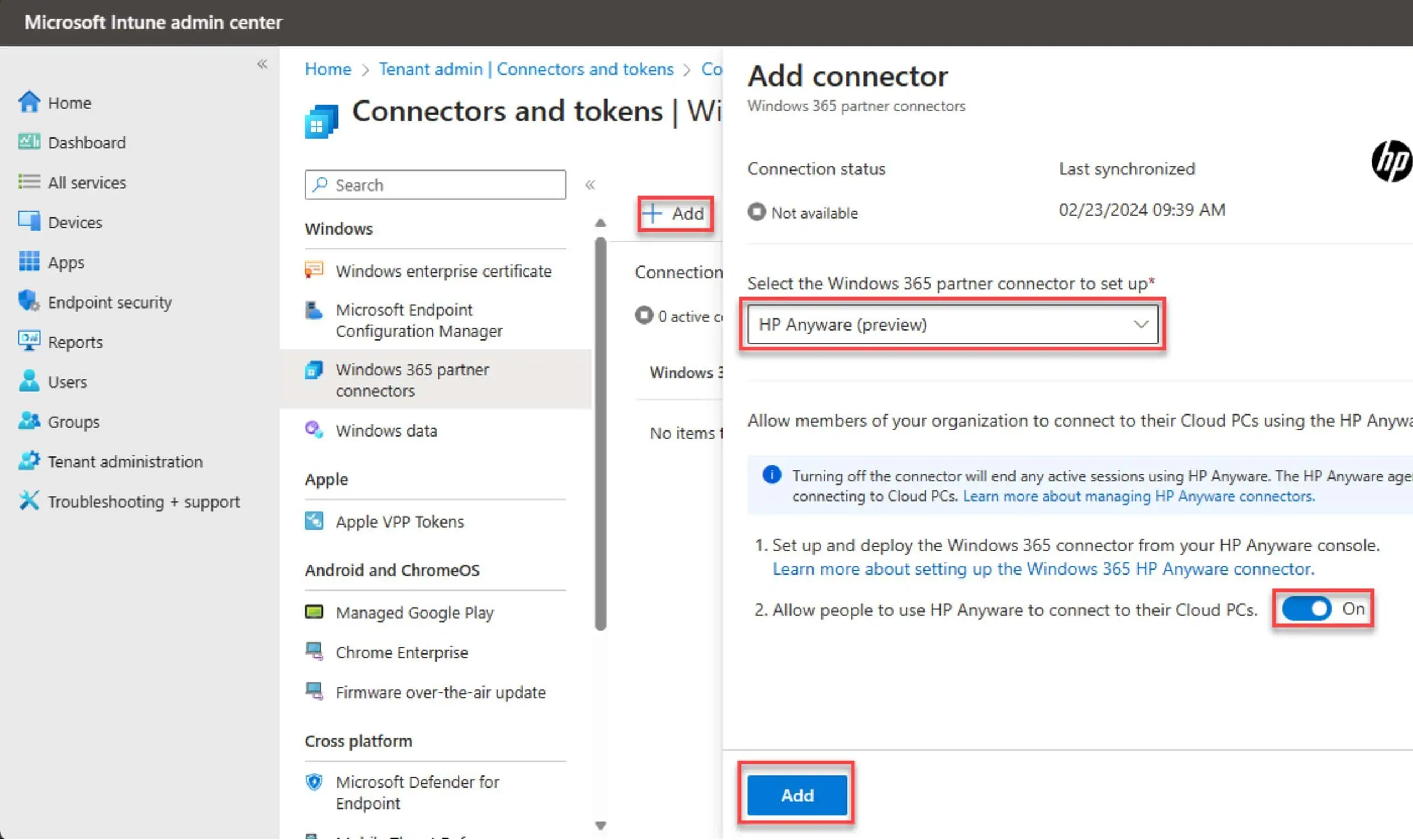Microsoft's new patent shows a virtual keyboard that adapts to your hand
2 min. read
Published on
Read our disclosure page to find out how can you help MSPoweruser sustain the editorial team Read more


Microsoft seems to be working on a new concept to improve the virtual keyboard experience on touchscreen devices. While we have seen massive improvements in touchscreen keyboards in the past few years, it’s still not perfect. The typing experience on a physical keyboard is still far better than that of a touchscreen keyboard. However, Microsoft is working on changing that.
According to a new patent titled “Multifinger touch keyboard”, Microsoft is working on fixing the major issues that users have with virtual keyboards. The patent was submitted by Microsoft on 3rd October 2018 and was published by the WIPO (via Windows United) on 11th April 2019.
Computing devices implement touch-based devices to support a variety of different input configurations on a single device, such as touchscreen keyboards. However, unlike physical QWERTY keyboards that include raised indentations on the “F” and “J” keys, touch keyboards often lack physical homing indicators. Because device users are forced to look at the keyboard while typing in order to target correctly, conventional touch-based keyboards are often inefficient and cumbersome to operate.
Implementations described herein provide a multifinger keyboard that is generated based on detected input. Each key of the multifinger keyboard includes multiple input zones, which are positioned and dimensioned to correlate with a present orientation of a user’s fingers. The multifinger keyboard is automatically regenerated to account for drift and other changes in position of a user’s hand relative to the keyboard, thereby providing reliable targeting without requiring physical homing indicators. Each input zone may be associated with different output values, such that applying different input types to a single input zone results in different outputs. Potential outputs are determined based on concurrent inputs received at the multifinger keyboard, from which a final output is generated.
The implementation doesn’t stop here. Microsoft also plans to integrate it with trackpads, camera and motion sensor-based devices, and Mixed Reality devices. The patent sure does look good and might as well improve the overall experience of virtual keyboards. That said, it’s still a patent, one that was published just yesterday so it might be a while before we could see an actual prototype or even a concept device based on the patent.



